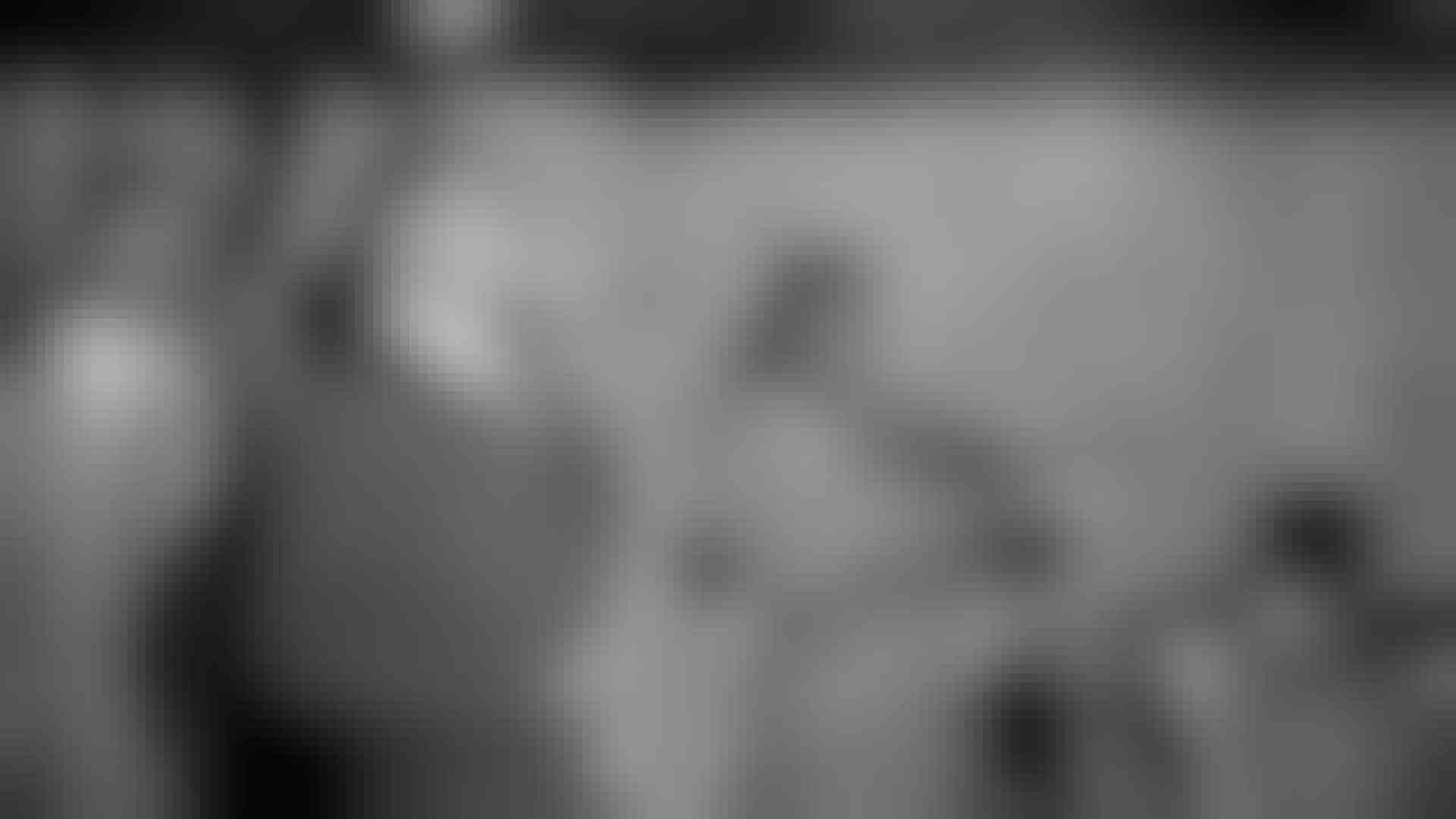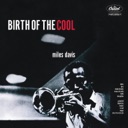Cool Jazz
Tommy Potter, Charlie Parker, Max Roach, Miles Davis, and Duke Jordan at Three Deuces, NY, 1947
William P. Gottlieb collection at the Library of CongressKey Attributes of Cool Jazz
Select to filter timelineThemes
- Cultural Influences
- Racism/Discrimination
Musical Features
- Arrangement
- Instrumentals
- Meter
- Form
Instruments
- Drums
- Electric Guitar
- Guitar
- Horn
- Other Percussion
- Strings
- Trumpet
- Woodwinds
Definition
Cool jazz resulted from the desire of musicians to innovate and to provide an alternative to the complexities of bebop. In the “cool era,” jazz musicians moved jazz closer to classical music and inspired the development of a European classical-oriented jazz form labeled “Third Stream.” This concept, advanced by musician and historian Gunther Schuller, became associated more with white jazz than Black musicians.
Intended for the concert hall rather than the dance hall, cool is characterized by a lyrical melodic shape, softer tonal colors, sparse harmonies, and rhythmic restraint as illustrated in “Autumn in New York,” on the album Django (1956) by Modern Jazz Quartet. Cool jazz ensembles generally consist of three to eight players and often include unexpected instruments such as flute, French horn, oboe, cello, flugelhorn, and vibraphone, heard in recordings by Miles Davis with arranger Gil Evans, such as Miles Ahead (1957), Porgy and Bess (Summertime) (1959), and Sketches of Spain (1960).
Record companies and journalists coined the term “cool,” although musicians of this era disliked any labeling of their music. Nevertheless, the concept of “cool” extended beyond music, referencing a behavior and an attitude widely adopted by artists and intellectuals. Idealized by popular culture of this period, being “cool” became a shield against racial oppression.
Context and History
Some musicians attribute the post-war development of cool jazz to Miles Davis, citing his Birth of the Cool, a compilation of recordings made in 1949 and 1950. The arrangements by Gil Evans and baritone saxophonist Gerry Mulligan introduced instruments associated with the European classical tradition, including tuba and French horn. Musicians also credit Lester “Pres” Young with this creation. His sidemen maintained that, while they were not sure what cool was, whatever it was, Young started it. His Kansas City Six recordings from 1938 (“Pagin’ the Devil”) with Eddie Durham on electric guitar, Freddie Green on acoustic guitar, Wilbur “Buck” Clayton on trumpet, Jo Jones on drums, and bassist Walter Page are often cited as an early example of cool. During the 1950s, The Modern Jazz Quartet exemplified the influences of European classical music on cool jazz.
Frequently, jazz histories explain cool jazz as a West Coast or California trend whose combos often performed at Hermosa Beach’s the Lighthouse Cafe. The club featured a house band, Lighthouse All-Stars. They played many songs at slow tempos, which some claimed reflected the relaxed California lifestyle. Drummer Shelley Mann, baritone saxophonist Gerry Mulligan, and trumpeter Milton “Shorty” Rogers were among the best known in the group of California cool jazz musicians associated with Hermosa Beach.
Musical Features/Performance Style
Cool jazz placed emphasis on arrangements and compositions rather than complex, improvised solos. The concept of cool in jazz was conveyed by the calm, subdued, soft, or light tonal qualities. The musicians played with little or no vibrato and they favored the middle registers, unlike bebop musicians, who exploited the whole range of the instrument. They no longer only played in 4/4 or 2/4 time; meters such as 3/4, 5/4, and 9/4 became more common. Some composers of the cool era adopted classical European forms such as rondos and fugues.
Bibliography
- Davis, Miles with Quincy Troupe. Miles: The Autobiography. New York: Simon & Schuster, 1989.
- Gioia, Ted. The History of Jazz. New York: Oxford University Press, 1997.
- Gioia, Ted. West Coast Jazz. New York: Oxford University Press, 1992
- Hodeir, André. Jazz: Its Evolution and Essence. Translated by David Noakes. 1956. Reprint, New York: Grove Press, 1979.











